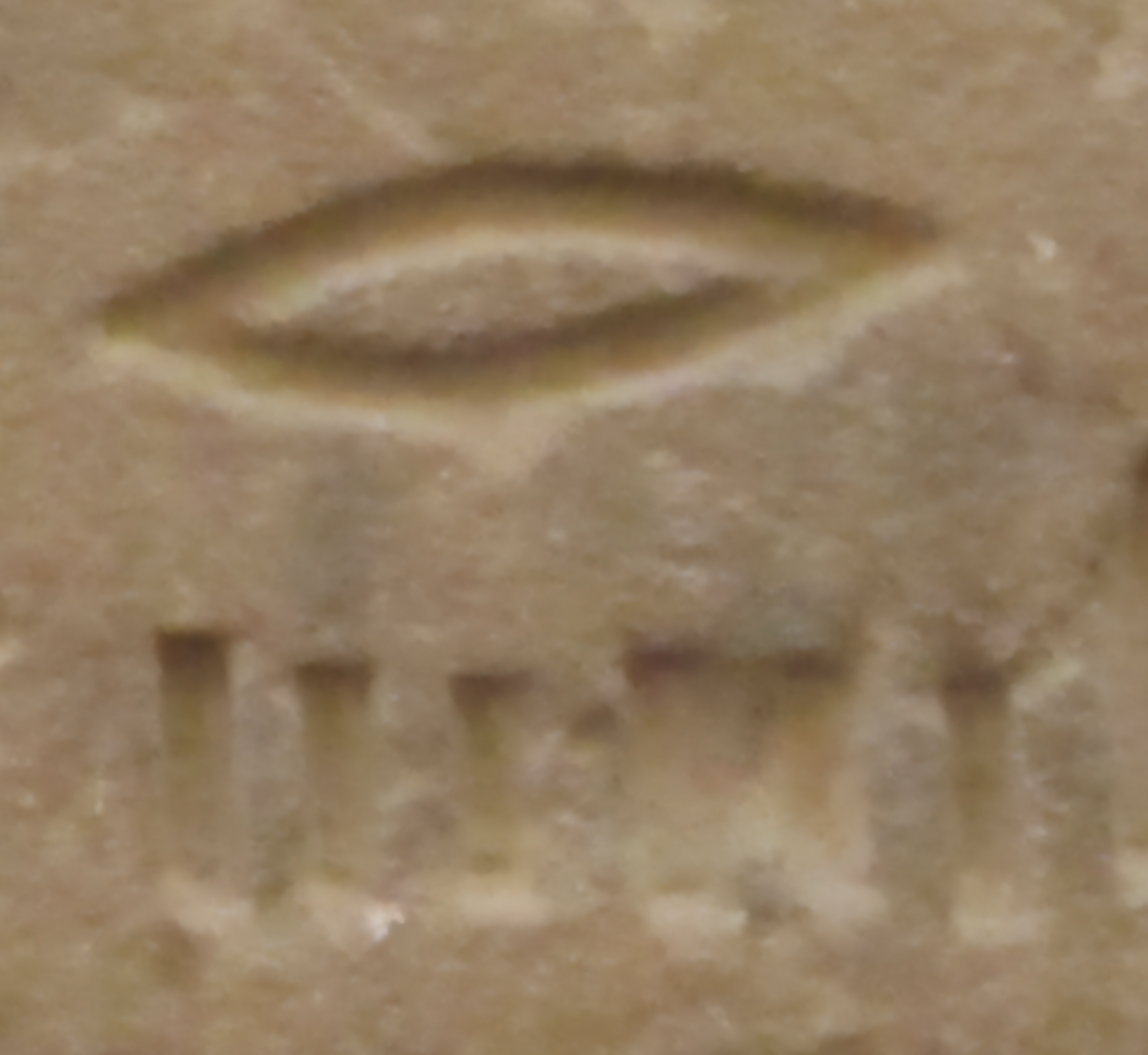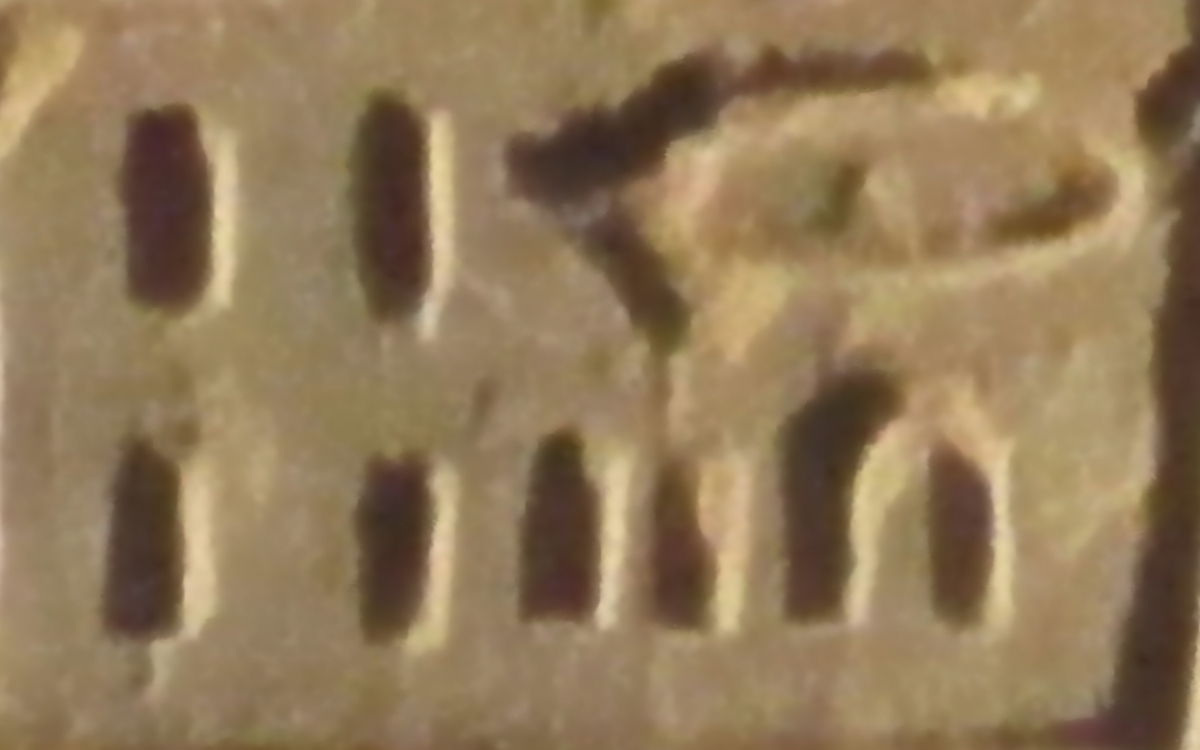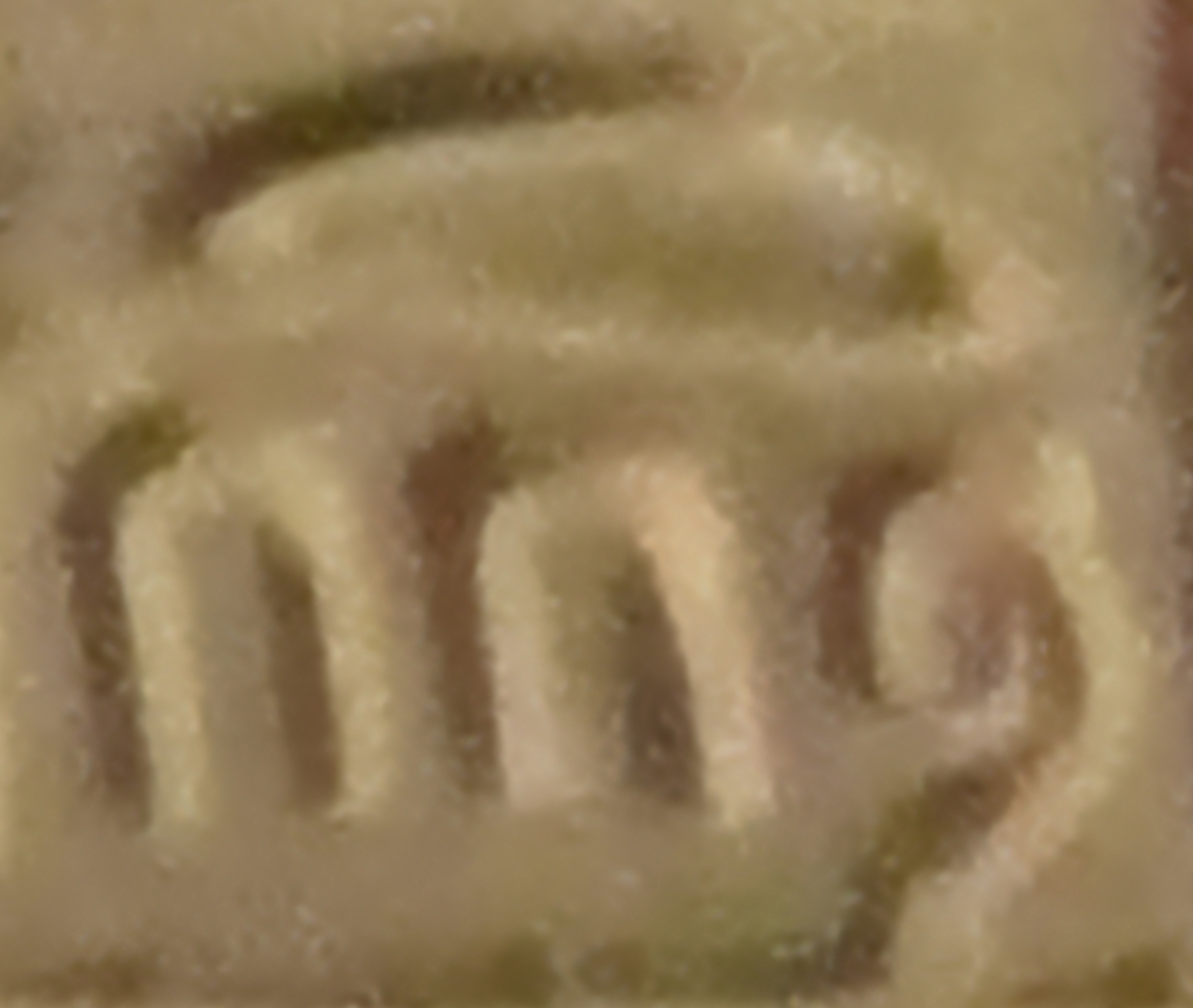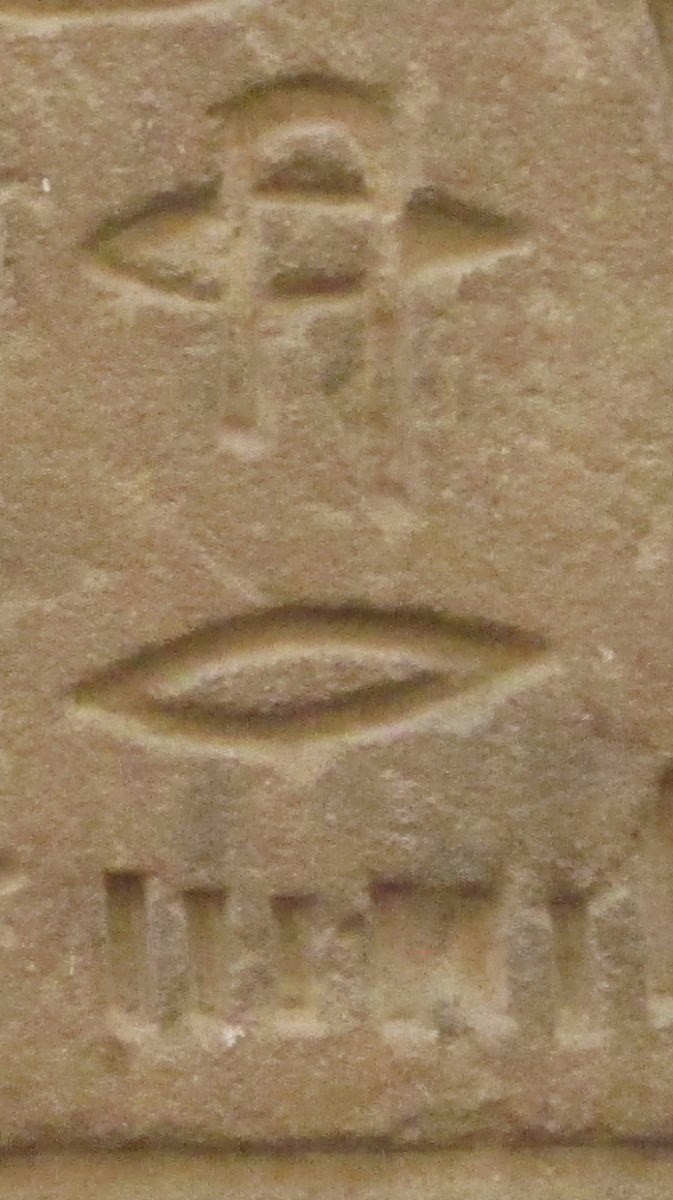- About MAA
- Membership
- MAA Publications
- Periodicals
- Blogs
- MAA Book Series
- MAA Press (an imprint of the AMS)
- MAA Notes
- MAA Reviews
- Mathematical Communication
- Information for Libraries
- Author Resources
- Advertise with MAA
- Meetings
- Competitions
- Programs
- Communities
- MAA Sections
- SIGMAA
- MAA Connect
- Students
- MAA Awards
- Awards Booklets
- Writing Awards
- Teaching Awards
- Service Awards
- Research Awards
- Lecture Awards
- Putnam Competition Individual and Team Winners
- D. E. Shaw Group AMC 8 Awards & Certificates
- Maryam Mirzakhani AMC 10 A Awards & Certificates
- Two Sigma AMC 10 B Awards & Certificates
- Jane Street AMC 12 A Awards & Certificates
- Akamai AMC 12 B Awards & Certificates
- High School Teachers
- News
You are here
An Ancient Egyptian Mathematical Photo Album: Fractions
Fractions in ancient Egypt were almost exclusively unit fractions. According to Annette Imhausen [2016, p. 52], “The Egyptian concept of fractions, that is, parts of a whole, was fundamentally different from our modern understanding.” The notation that was used to signify a fraction—a mouth hieroglyph representing “part”—corresponds with this viewpoint and the use of unit fractions. The rare exceptions to unit fractions include special symbols for \(\frac{1}{2}\), \(\frac{2}{3}\), \(\frac{1}{4}\), and \(\frac{3}{4}\).
The pictures below demonstrate the unit fractions \(\frac{1}{6}\), \(\frac{1}{16}\), and \(\frac{1}{120}\), respectively.



Figure 8. Fractions on temple walls: \(\frac{1}{6}\) (Edfu, 237–57 BCE), \(\frac{1}{16}\) (Kom Ombu, 180–47 BCE),
\(\frac{1}{120}\) (Kom Ombu, 180–47 BCE).
Figure 9. Fractions on a cubit rod (1327–1295 BCE) in the Louvre.
Notice the special hieroglyph for \(\frac{1}{2}\) on the far right.
A fraction such as \(\frac{13}{16}\), which is not a unit fraction, would be written as a sequence of unit fractions written in decreasing order of denominators, which, when added together, would sum to \(\frac{13}{16}\), such as \(\frac{1}{2}\) \(\frac{1}{4}\) \(\frac{1}{16}\). Figure 10 gives an example to show that expressing non-unit fractions in this way is not unique. The special symbol for \(\frac{1}{2}\) is in the image on the left in Figure 10, followed by \(\frac{1}{3}\) to represent the summed fraction \(\frac{5}{6}\). In the image on the right in Figure 10, the special symbol for \(\frac{2}{3}\) (Ptolemaic version) is followed by \(\frac{1}{6}\) to form another representation of \(\frac{5}{6}\).


Figure 10. Non-unit fractions on a wall in the Edfu Temple (237–57 BCE).
Notice the special hieroglyph for \(\frac{1}{2}\) in the left image and \(\frac{2}{3}\) in the right image.
Thus, the image on the left represents \(\frac{1}{2} + \frac{1}{3} = \frac{5}{6}\), while the image on the right also represents \(\frac{5}{6}\), but as \(\frac{2}{3} + \frac{1}{6}\).
Cynthia J. Huffman (Pittsburg State University), "An Ancient Egyptian Mathematical Photo Album: Fractions," Convergence (April 2022)





